According to scientists involved in the new HCV development project, China's hypersonic weapons are about to get a significant upgrade. By using a bounce trajectory, the missile's range can be increased by more than a third, extending its range to the entire globe.
The new generation of hypersonic weapons "has significant application advantages with long range, high maneuverability and unpredictability," wrote a research team led by researcher Yong Enmi at the China Aerodynamics Research and Development Center in a paper published in the China Astronautical Journal in June.

China's DF-17 hypersonic missile. Photo: AP
The concept of a hypersonic glide vehicle was first proposed by scientist Qian Xuesen in the late 1940s. The idea is that the glide vehicle would be launched into the Earth's atmosphere by a rocket, then descend without an engine.
With the lift generated by its wings, it can fly thousands of kilometers through the atmosphere at speeds above Mach 7 (7 times the speed of sound).
This flight is called the Qian Xuesen trajectory. Currently, all hypersonic glide weapons equipped in the military, such as China's DF-17 missile, are designed based on this principle.
Hypersonic glide vehicles can penetrate air defenses with unparalleled speed and maneuverability. These weapons can be launched from the Gobi Desert and effectively destroy enemy aircraft carrier fleets and military bases thousands of kilometers away.
In 1941, Austrian scientist Eugen SAnger proposed a more radical trajectory. His Silbervogel (Silver Bird) aircraft was designed with a turbocharger engine, allowing it to move through the atmosphere like a bouncing stone, which could increase the range and maneuverability of supersonic weapons.
Sanger believed that Silbervogel could be launched from Germany, drop bombs on New York, and land on Japanese-controlled Pacific islands.
However, Sanger's proposal remained on paper until now, when Yong's team used a new algorithm to optimize the trajectory. Computer simulations showed that the new glider's top speed would reach nearly Mach 20 and could sustain speeds above Mach 17 for more than half an hour by repeatedly jumping in the atmosphere.
After flying continuously for over an hour, the vehicle can still glide at speeds above Mach 7. This means it can attack virtually any location on the planet.
The softer landing also reduces friction with the atmosphere. Compared to unpowered glide, the maximum heat flux experienced by the new vehicle is expected to be halved, which is beneficial for reducing the burden on the thermal protection system.
Yong's team said that current technology still does not fully meet the actual combat requirements for this type of missile. However, China is currently conducting extensive testing of related technologies.
Ngoc Anh (according to SCMP)
Source: https://www.congluan.vn/ten-lua-sieu-thanh-moi-cua-trung-quoc-co-the-nhay-vot-nua-vong-trai-dat-post307031.html














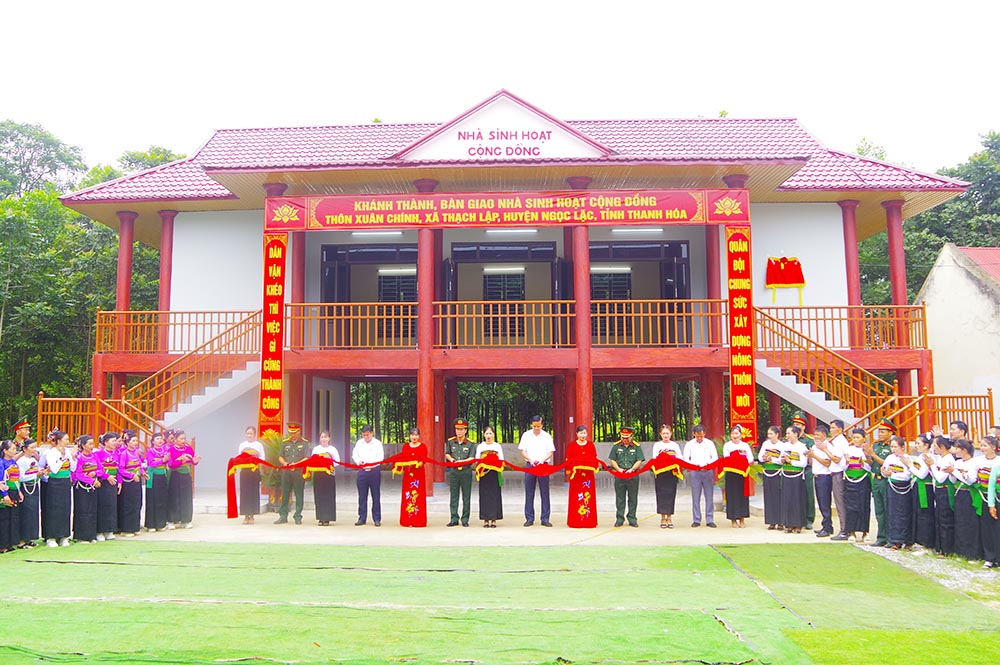

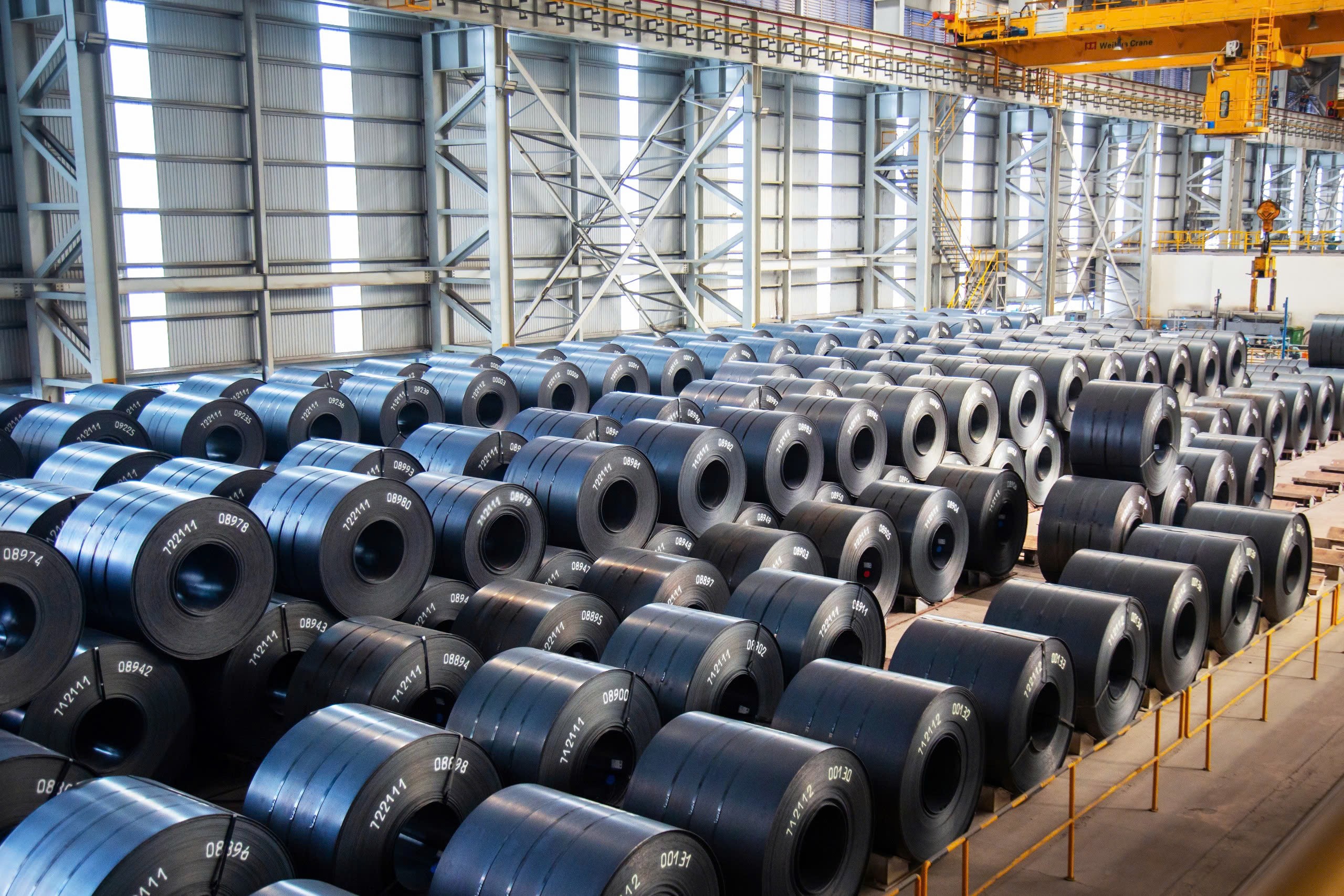






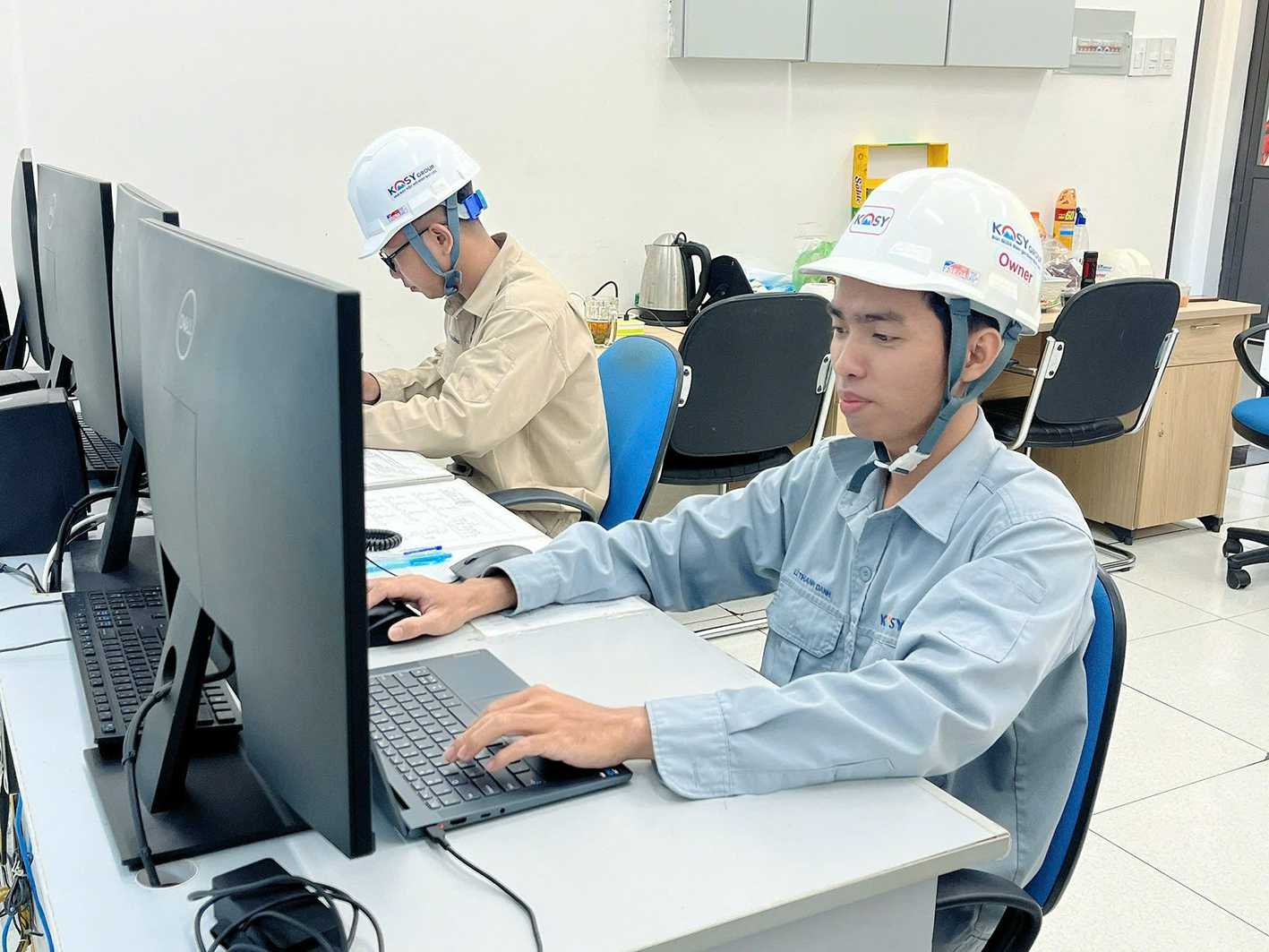

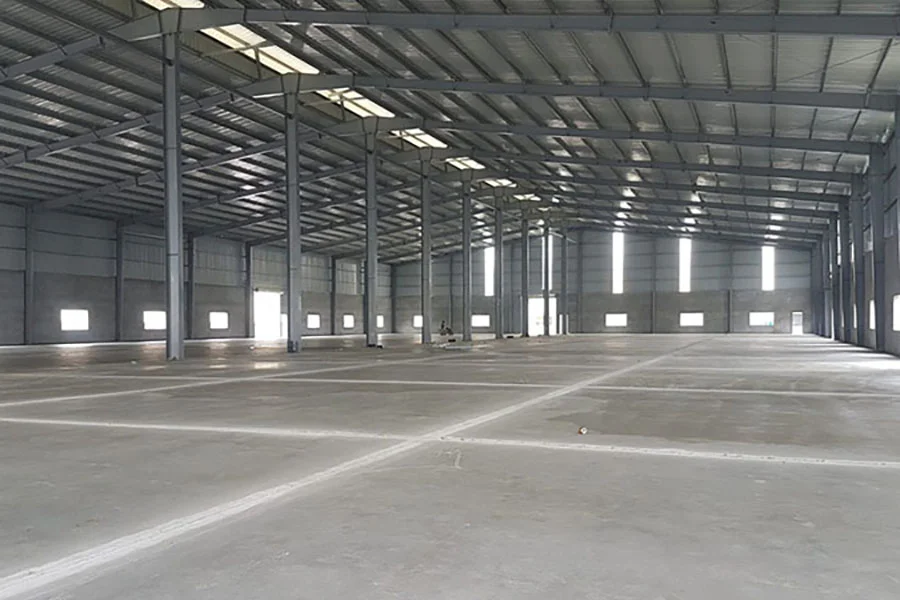
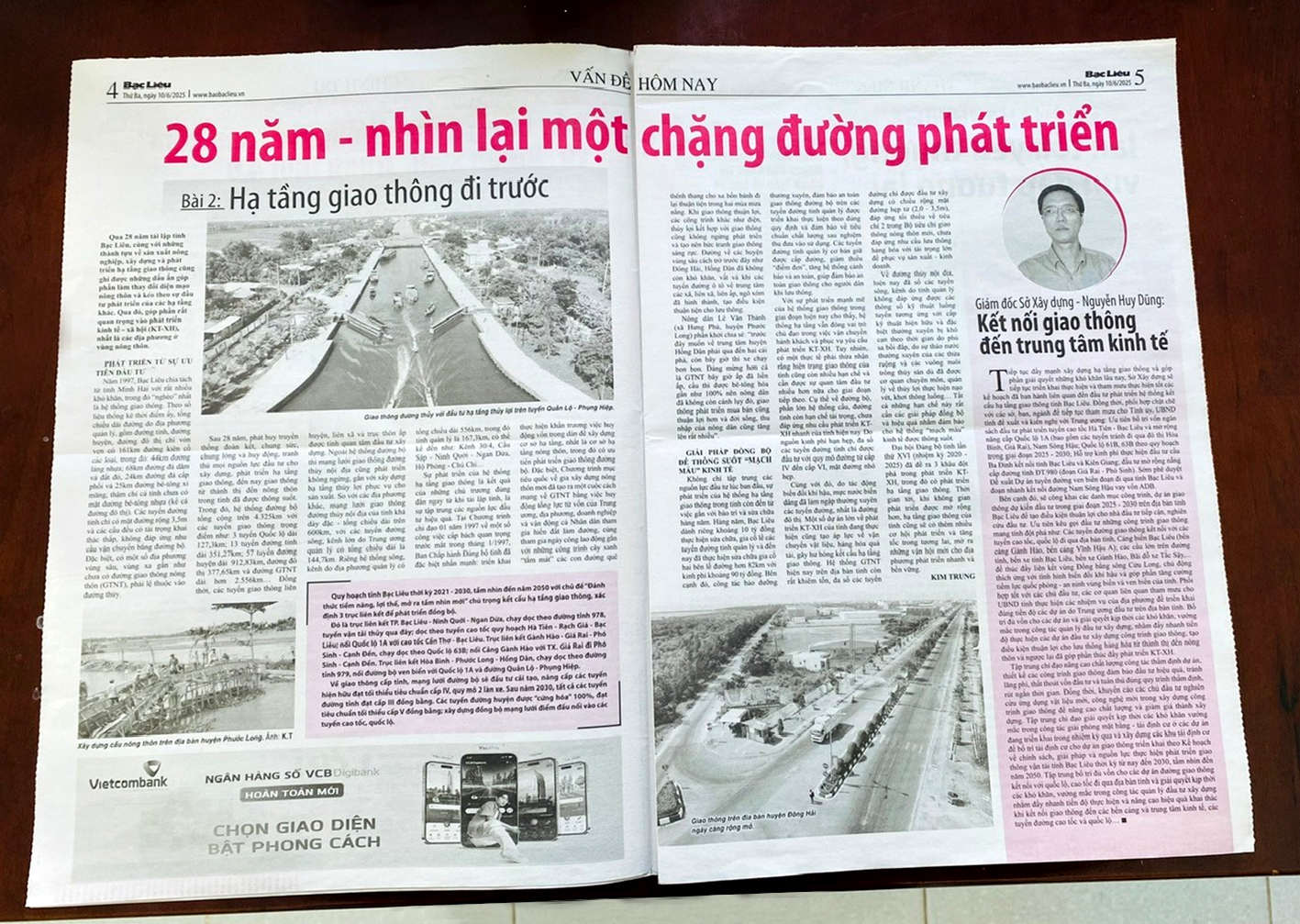




Comment (0)